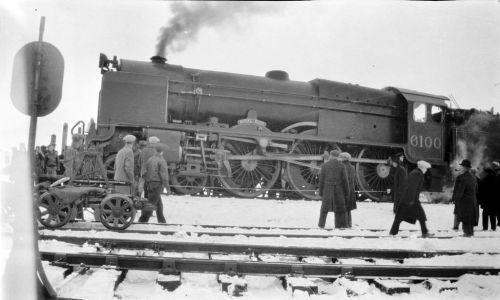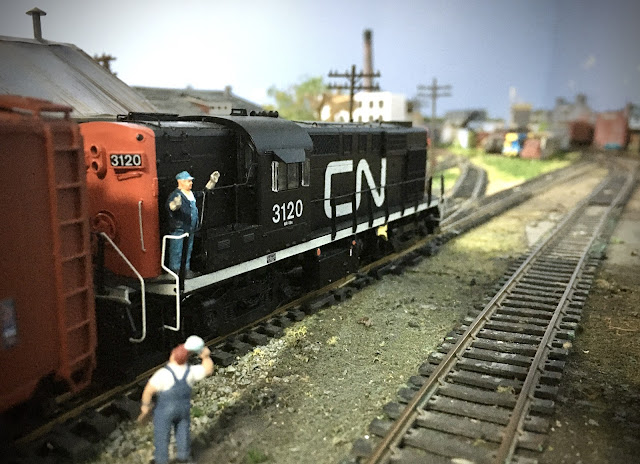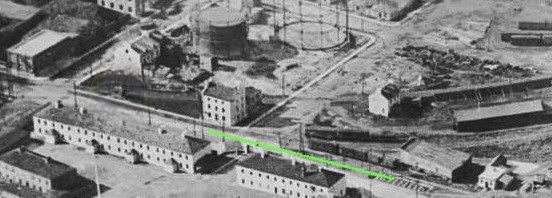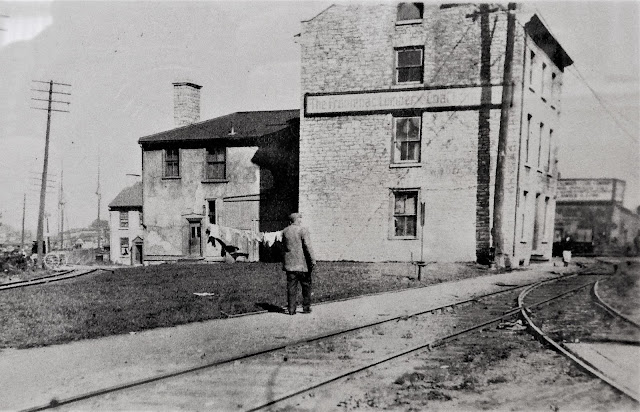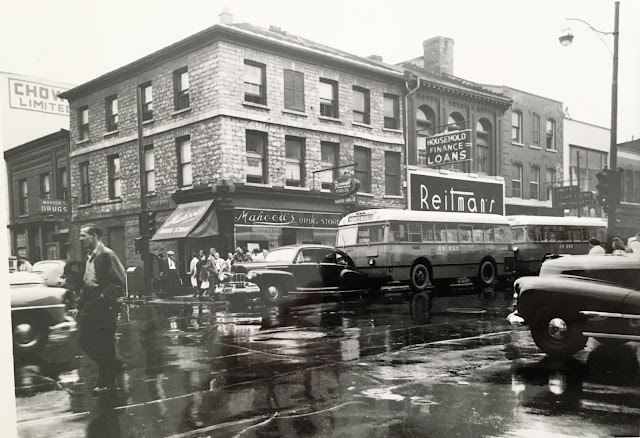
Lubomyr Luciuk is a professor of political geography at the Royal Military College of Canada. Excerpts from a Whig article of September 2 in which he describes his childhood in the Swamp Ward are below. Especially interesting are his experiences at several of the waterfront industries - none of which still exist in the locations he remembers:
I’m not a north-ender. From the day I was born, and for all the years I have lived in Kingston, I’ve never made my home in what some people call “the swamp ward.” That’s the portion of our city roughly contained to the north and east of Queen and Division streets. In my time, we used a geographical descriptor, calling it “the north end.” It was a working-class and immigrant part of town, populated by many Irish, Italian, Polish, Ukrainian and other eastern European immigrants and their kids. The homes I visited were modest, they were always tidy, warm and welcoming. Most had large gardens, well-tended sources providing nutritious food, not all of which was intended only for family. Guests were always served something good to eat, an almost ritual observance. To this day, the redolence of a homemade cabbage soup simmering on a stove brings back memories of the simple but delicious food I ate in “the north end.”
We enjoyed exploring our neighbourhood as kids. We’d furtively hop the fence of an adjacent lumberyard to construct hiding spots amongst the piled timbers. Not safe, but fun. And, a bit further afield, astride Rideau Street, we’d foray into rather gritty industrial properties, everything from Rosen Fuels (which supplied our family’s Nelson Street home with coal) to the Anglin Company’s massive oil storage tanks. And, nearby, was the odiferous Davis Tannery. I got a summer job there in my senior high school year. I lasted but a day: the fetid smells and toil were all too much. Yet this experience taught me about how tough those who got and kept jobs there had to be.
On a list of Davis Tannery employees, I found the name of John (Ivan) Zubyck, quite possibly the first Ukrainian to settle in Kingston. Hired in March 1911, he married 20-year-old Ida Adrain, April 20, 1917. Although his marriage certificate identified him as an “Austrian” he was gainfully employed and a married man. Most of the other tannery workers I met arrived in Kingston much later. Among them were Mike Polomany (hired in December 1926), Ivan Zaplotinsky (who began working in February 1927) and Sylvester Kotowich (employed as of September 1935). Many boarded close to where they worked and were still living nearby when I spoke to them in the mid-late 1970s. They were true “north enders.”
Of course, depicting all this history on one plaque is impossible. Even so by unveiling a Kingston Remembers monument in Riverview Park, not far from where many of our people worked and lived and played – myself among them – we’ve tried to remind others that we were here and who we were.
A September 5 Kingston This Week article covered the ceremony that occurred in Riverview Park at 129 Rideau Street on August 24. A Kingston Remembers: Enduring Roots plaque (top photo) was unveiled. (The location is variously and somewhat confusingly described as 'downtown', 'north end' and even 'east end'!)
Lubomyr is quoted in the article, perhaps paraphrasing the above in his remarks, "I'm an old guy now. I grew up over on Nelson Street, but I used to play in the Ukrainian Hall that opened up here on Bagot and North Streets. This was a neighbourhood that I roamed. I'd go down to the Davis Tannery. I'd go to the Rosen Fuels yard and the Anglin tanks, and we'd go to a timber yard and build forts. This is the Kingston I remember, the north end, as a boy. This was the immigrant, working-class Ukrainian area. It's just a good memory."

















